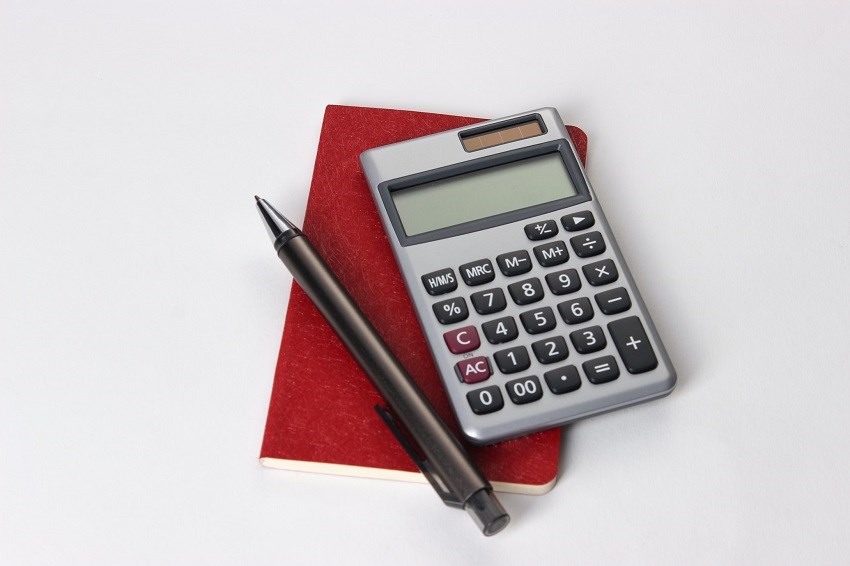
The RRSP is Canada’s best-known tax break. But often small details can be overlooked or misunderstood – potentially causing missed opportunities or problems down the line.
The premise is simple: you get a tax deduction for amounts you invest, subject to annual and cumulative limits, and your money grows tax-free until retirement, at which time you pay tax on withdrawals. However, frequently asked questions suggest there are a few details to consider to both optimize tax advantages and minimize any potential penalties.
Here are answers to five common RRSP tax questions:
1. Which Investments Types Make the Most Tax Sense?
Based on tax rates alone, fixed-income investments such as bonds and cash deposits would seem best placed within an RRSP, as opposed to equity investments. This is because interest income is fully taxable, whereas dividends and capital gains receive tax breaks. For example, an Ontario taxpayer with $100,000 of taxable income in 2022 would pay tax at 37.9% on interest income, compared with 17.8% on dividends fully eligible for the dividend tax credit and 18.9% on capital gains. In Quebec, the same taxpayer would pay tax at 41.1%, 23.3% and 20.6% respectively, with similar discrepancies in other provinces.
However, the decision is best not based on tax efficiency alone. An RRSP will require equities to achieve your retirement income goals. Moreover, these investments will benefit enormously from the RRSP’s long-term tax deferral, with gains compounding tax-free within the plan until the money is eventually withdrawn from the plan. While withdrawals are fully taxable (see item 5 below), the combination of the initial deduction and deferral will more than offset the impact of full taxation over the long term.
It’s worth noting that dividends paid by foreign stocks do not qualify for the dividend tax credit and thus should wherever possible be held within an RRSP or other tax advantaged plan.
2. What Are the Tax Consequences of Transferring Existing Investments to an RRSP?
You can transfer shares or other securities to a self-directed RRSP from a taxable (non-registered) account, in lieu of a cash contribution. This is known as a contribution-in-kind. The market value of the securities at the time of the transfer is subject to your RRSP contribution room. However, this is considered by the taxman to be a transaction at fair market value, and any resulting capital gain must be included as income for the year for which the contribution is made. If the investment to be transferred is worth less than what you paid for it, unlike when you sell a security you are not allowed to claim a capital loss to use to offset any capital gains you may have realized (for that year or in the previous three years, as per the normal capital-gains reporting rules).
If you are determined to use an existing investment in a taxable account that is in a loss position as an RRSP contribution-in-kind, you can sell it on the market, claim a capital loss, and then buy it back at least 30 days later, so as not to run afoul of Income Tax Act’s anti-avoidance rules.
Remember that only RRSP-eligible investments can be held in a self-directed plan. Among investment securities, these generally include:
- Publicly traded stocks listed on a designated domestic or foreign exchange
- Mutual funds
- Exchange-traded funds (ETFs)
- Bonds
- Put and call options
- Government treasury bills
- Bank term deposits and guaranteed investment certificates (GICs)
3. What Happens If I Find I Have Over-Contributed to My RRSP. Are There Any Exceptions?
The amount you may contribute to an RRSP is determined by your personal contribution room. This is a cumulative total based on annual maximum contributions equal to a dollar amount ($27,830 for 2021 and $29,210 for 2022) or 18% of earned income, whichever is less. Any amount of an annual contribution limit not utilized in a given year is “banked” for future use – in other words, retained as additional contribution room. Amounts put into your RRSP that are within your contribution room are tax-deductible.
If you exceed your RRSP’s contribution room, here are some issues and consequences to consider:
- You are permitted to maintain an over-contribution up to $2,000 beyond your personal limit at any given time, without penalty, and this amount can earn tax-deferred income along with your other RRSP investments. However, you cannot deduct this amount on your tax return.
- Any balance in excess of your personal limit, plus $2,000, is subject to a penalty tax of 1% per month until the offside amount is withdrawn or until your personal RRSP limit covers the amount of the over-contribution (i.e., when your annual contribution limit increases in a new year).
- Bear in mind that an over-contributed amount will be fully subject to tax when withdrawn – hence double-taxation, because this amount wasn’t deductible when it went into your plan.
- If you realize you are in an over-contribution position before the end of the calendar year, you should remove the excess amount as soon as possible. While this amount is taxable in the year it is withdrawn, you may be able to claim this amount as an offsetting deduction. In addition, you should file Form T3012A to avoid having withholding tax deducted by the financial institution that holds your RRSP.
- The CRA may waive the penalty tax on excess contributions if you inform them in writing that you over-contributed due to a reasonable error and have taken steps to eliminate the excess contributions.
- If, after the end of the calendar year, it comes to your attention that you have over-contributed, file form T1-OVP during the first 90 days of the new calendar year and pay a penalty tax of 1% for every month you were in an over-contribution position. The excess amount is then considered part of your RRSP contribution for the new year. Ensure you take this into consideration when calculating how much you will be able to contribute for that year.
- In some cases, it might be beneficial to retain an over-contribution in your RRSP, providing the income earned on that money exceeds the 1%-a-month penalty and the impact of double taxation.
4. Should I Consider Withdrawing from My RRSP before Retirement?
While the object of maintaining an RRSP is to save over the long-term for retirement, there is nothing to stop you from withdrawing from it at any time. Barring an emergency in which you need quick access to these savings, it makes sense only to make a withdrawal if the tax hit might be less than likely will be the case after retirement. Typically, this could be the case in a year in which your income is lower than what you anticipate it will be post-retirement. More typically, it would make sense to take advantage of a lower tax rate in your pre-retirement years if you work only part-time as a consultant, as part of a career wind-down ahead of actual retirement. In other words, given the right circumstances, it can be beneficial to use an RRSP as a tax-averaging tool.
5. How Are My RRSP Withdrawals Taxed?
RRSP withdrawals are fully taxable at your marginal tax rate, regardless of the types of investments held within the plan. The entire amount is subject to tax (both original capital and income). The financial institution holding your account will deduct tax at source on withdrawals, as follows:
- Amounts up to $5,000: 10% withheld and remitted to the Canada Revenue Agency;
- $5,000 to $15,000, 20%;
- Over $15,000, 30%.
- For Quebec residents, a single RRSP withdrawal is subject to one-half of the federal withholding, plus a 15% withheld for remittance to Revenu Québec, regardless of the amount withdrawn. So, for a withdrawal of $10,000, 10% federal tax would be deducted at source and 15% provincially.
When converting an RRSP to a registered retirement income fund (RRIF), no tax is payable until the money is withdrawn from the RRIF. And an RRSP or RRIF rolled over to your spouse’s RRSP or RRIF upon your death is also not immediately taxable. The tax would be paid on eventual withdrawals of that money from the spouse’s account.



















